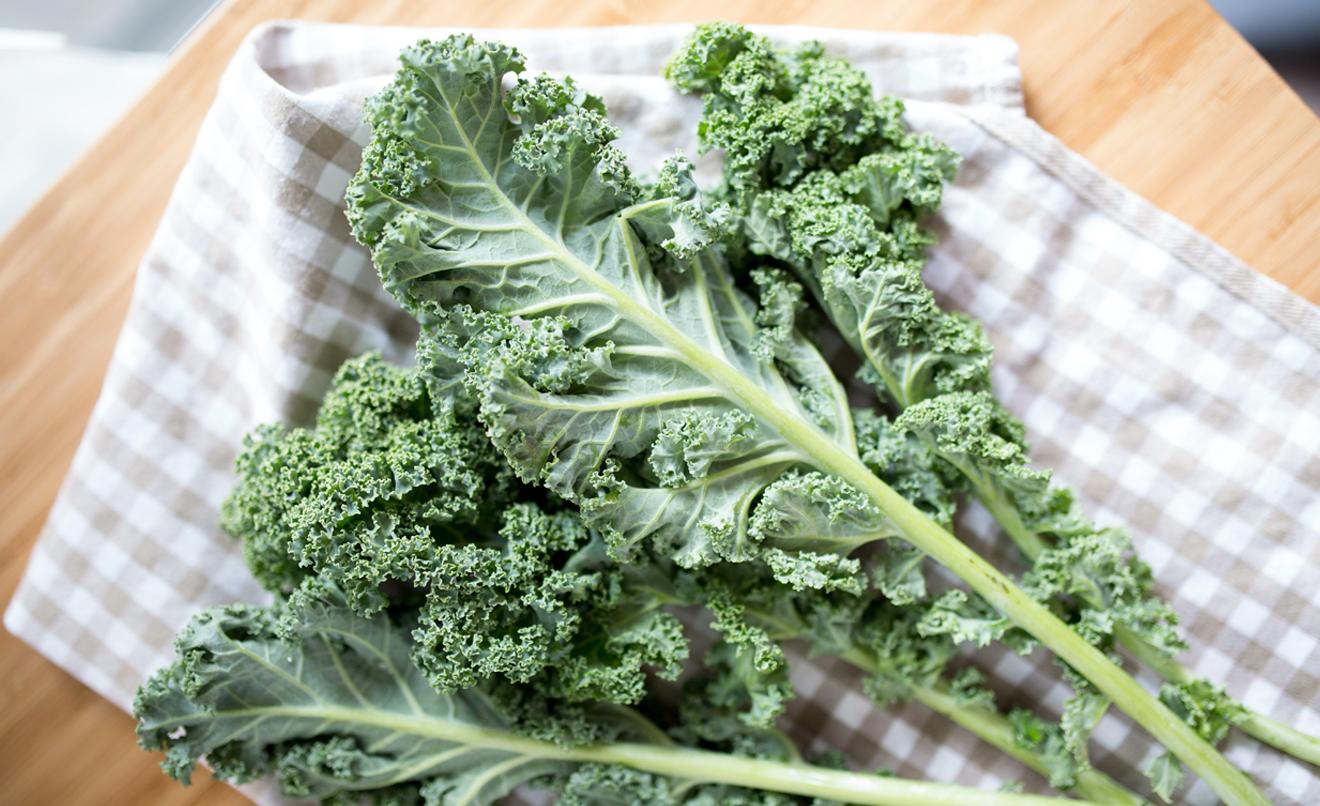
Multiple
studies have focused on the beneficial properties of cruciferous vegetables for
our health, and these are the ones that stand out:
ANTIOXIDANT Cruciferous vegetables contain
sulforaphane, which is an antioxidant molecule that neutralizes free radicals. It
works directly by stimulating the enzymes of the II phase of hepatic detoxification;
thus, its effect is long-lasting. Cruciferous vegetables also contain beta-carotene,
vitamin C and flavonoids, which help us protect cells from oxidative stress.
PROTECT THE HEART Cruciferous vegetables have a
high content of minerals, such as iron, and therefore are low-fat, which makes
them recommendable for people with heart disorders.
DIURETIC These vegetables are a source of potassium, which
enhances the diuretic effect and the elimination of toxins from our body.
PROTECT BONES They are rich in calcium and a
good source of vitamin K, which are two important components for the maintenance
of strong bones.
ANTI-CANCER Scientific research has
proven their protective effect against different types of cancer. For instance,
Soria Natural has been involved in a study that has demonstrated that pepperwort
has an active principle able to destroy tumor cells1.
Among the broad
cruciferous family (more than 3,000 species), we must highlight:
Conde-Rioll M., Gajate C., Fernandez JJ., Villa-Pulgarin JA., Napolitano JG., Norte M., Mollinedo F. Antitumor activity of Lepidium latifolium and identification of the epithionitrile 1-cyano-2,3-epithiopropane as its major active component. Molecular Carcinogenesis 2018; 57: 347-360